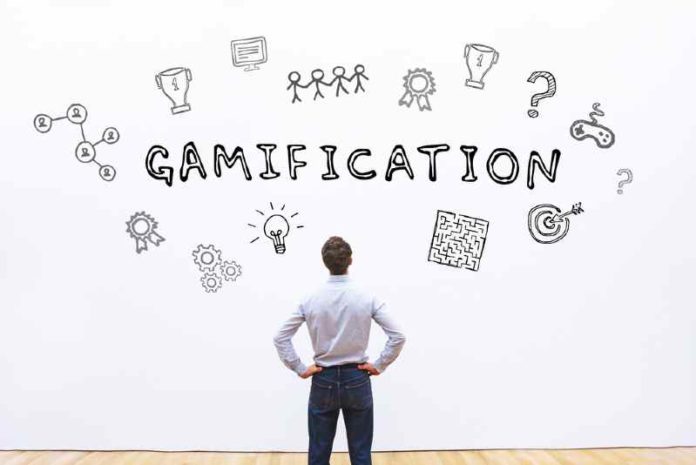Using Gamification to Motivate Your Sales Staff
Keeping a sales team motivated isn’t always the easiest thing to do. Every human is unique, with different interests and values. Of course, this is why we all define success differently. For some it’s notoriety, others feed off of achieving personal bests or it could be just better positioning oneself to provide for themselves and their families. The last seems obvious, as survival of the people most important to you should be enough to demand persistent drive. However, in reality, simply feeding your family (or just yourself) nowadays isn’t enough for a large percentage of the sales professional population to stay motivated in optimal form. In fact, according to the American Psychological Association, the U.S. economy loses more than $500 billion each year due to workplace stress. This ultimately translates into more companies looking for ways to motivate their teams while building a great culture.
We’re noticing this more and more with sales leadership who are charged to direct their agents toward more productive output. And meanwhile, sales professionals are a different breed, typically high-powered and competitive by nature. This presents managers with additional levers they can use to their advantage. As businesses look to motivate teams, create a positive culture and leverage the competitive nature of sales professionals, they are turning to sales gamification – and they should be.
What is gamification? It’s a method that can be used to motivate sales teams, thereby, improving their performances. The method involves employing gamified principles and experiences within your sales operations to provide incentive and drive friendly competition. Sales is unique in that there is transparency associated with effort, performance and overall execution. Gamification of sales is a great way to leverage that transparency. This approach to motivating your team can prove extremely beneficial, but figuring out how to get started can be difficult.
When creating a gamified experience, it is key to start by considering the overall outcome you are aiming for in the initiative. You want to protect against unintended consequences and provide direction for your team. As you look to get started, here are five key attributes to ensure you find success with sales gamification.
1. Timeliness
Relevance is always key to building something people will engage in. Make your program timely, by connecting it with some sort of major event. For example, have a competition throughout the month of March, and tie it in with March Madness. It doesn’t have to be limited to sports. You can create a game that ties into TV shows like Survivor.
2. Duration
The length of a program is a huge factor in garnering engagement. The longer it goes on, the less likely you are to retain a sales rep’s attention. Quarterly competitions are common because it ties together with a standard business timeline. However, the longevity can leave your team discouraged once a frontrunner emerges. Ensure you set a start date and end date that allows your team to see the finish line, but also gives them ample time to accomplish the challenge.
3. Rules
Make sure all rules are transparent and clear. Take the time to document all the rules and regulations so you can ensure everyone is on the same page. The rules need to line up with the goals you are trying to achieve. Set expectations from the get-go through the rules you provide.
4. Goals
Any competition needs measurable and obtainable key performance indicators (KPIs). Even if you want to set outlandish goals, be sure you have a measurable action plan in place that highlights a successful scenario to help increase buy-in from reps. Some example KPIs to utilize include new accounts, referrals, retention, meetings set, proposals sent or demos given.
5. Prize
In order to truly incentivize your employees, you need to have some sort of reward for victory. This isn’t a one size fits all concept. You need to know what types of prizes will best motivate your team. Some places to start include cash, time off, dinners, recognition or trips.
At the end of the day, sales gamification should be fun and inspire your team. Creating an enjoyable competition is one of the most important aspects of getting engagement from your team. Take advantage of the inherent transparency in sales. Ensure your reps’ performance is visible to one another so they can see how each rep and the organization as a whole are performing. This creates the competition your team can thrive on. Money isn’t the only motivator for sales teams anymore. Neither is basic survival (like in the ancient days). You need to figure out what wakes your team up each morning. Once you determine the motivators, create a program around those goals and watch your organization reap the benefits.
Austin Rolling is the co-founder and CEO of Outfield. a third-generation entrepreneur. He started his first company, a fashion website, at the age of 20. He holds a BA in Communication from Eastern Michigan University and an MBA from Texas A&M University. He has spent the majority of his career working in the consumer goods and IT space in field sales and marketing, management and business development roles.
Gamification stock photo by Song_about_summer/Shutterstock







